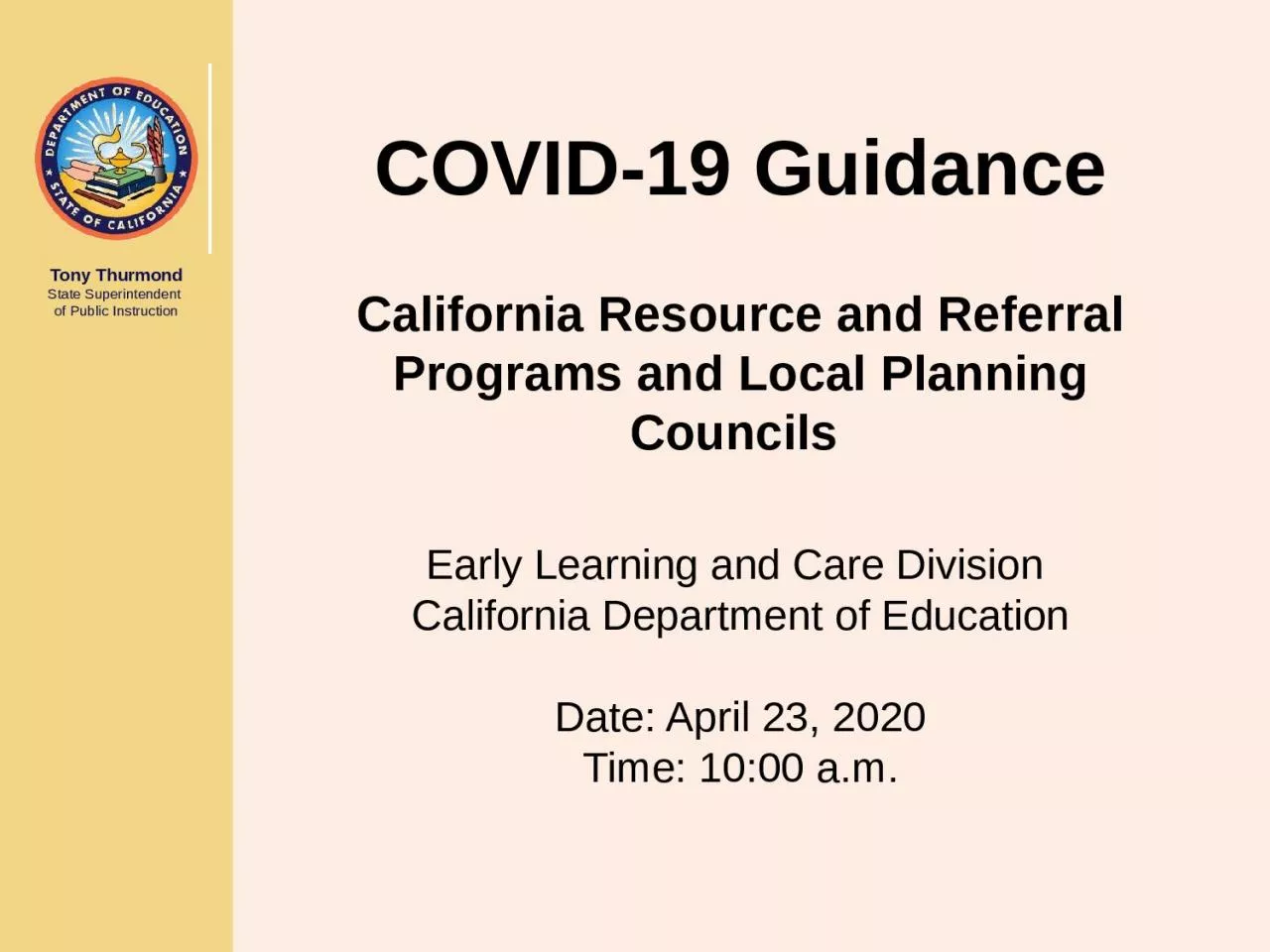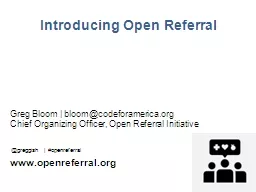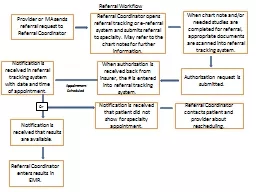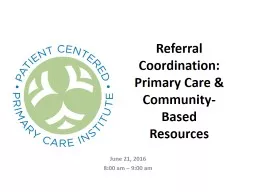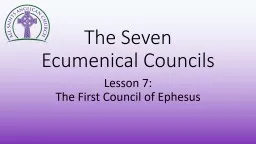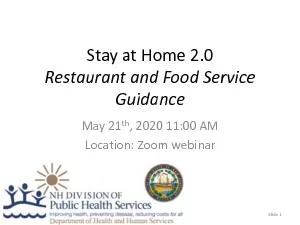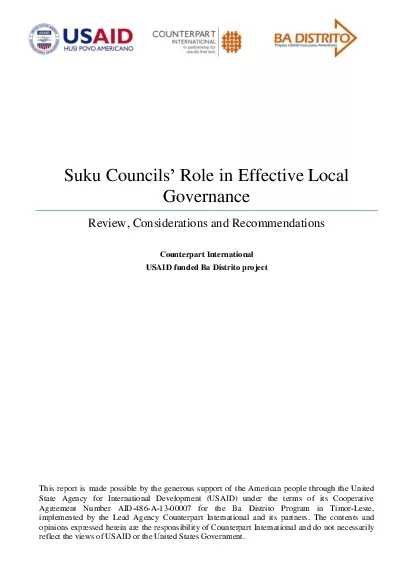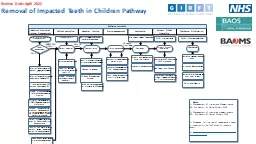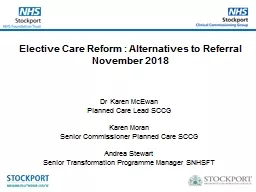PPT-COVID-19 Guidance California Resource and Referral Programs and Local Planning Councils
Author : desha | Published Date : 2022-06-20
Early Learning and Care Division California Department of Education Date April 23 2020 Time 1000 am Agenda Overview Management Bulletin MB 2007 COVID19
Presentation Embed Code
Download Presentation
Download Presentation The PPT/PDF document "COVID-19 Guidance California Resource an..." is the property of its rightful owner. Permission is granted to download and print the materials on this website for personal, non-commercial use only, and to display it on your personal computer provided you do not modify the materials and that you retain all copyright notices contained in the materials. By downloading content from our website, you accept the terms of this agreement.
COVID-19 Guidance California Resource and Referral Programs and Local Planning Councils : Transcript
Download Rules Of Document
"COVID-19 Guidance California Resource and Referral Programs and Local Planning Councils "The content belongs to its owner. You may download and print it for personal use, without modification, and keep all copyright notices. By downloading, you agree to these terms.
Related Documents

